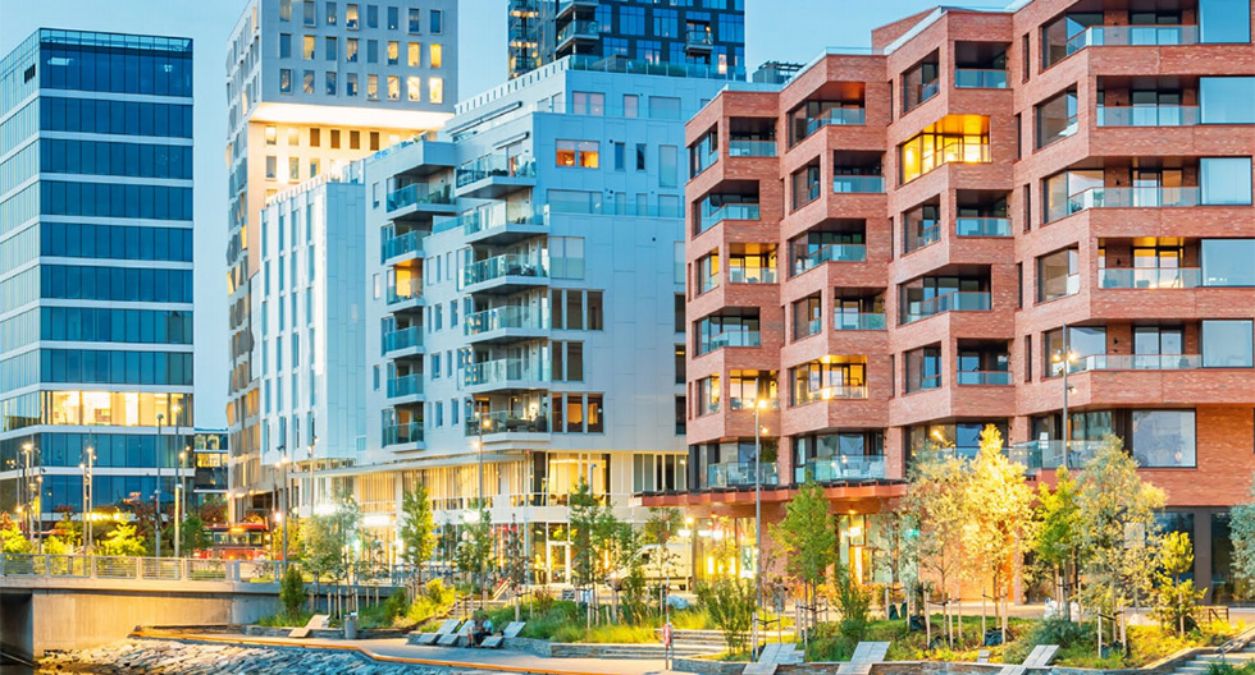Real-estate industry in dire need of change
The real-estate industry urgently needs to transform to meet new demands for efficiency, sustainability and comfort. But while 87 percent of real-estate owners and facility managers recognize the urgency and the potential value of digitalization – 70 percent have not yet started to make any transformation plans.
In a new report, Telia and management consultant firm Arthur D. Little describe measures that can be taken towards a much-needed industry transformation.
After years of effortless returns from rising facility prices, the real-estate industry is now experiencing a setback triggered by the Coronavirus pandemic. In a matter of weeks, working from home became the norm for many, and long-established behaviors and business patterns changed instantly. Many of the new demands will remain, and real-estate owners and managers will need to offer greater flexibility, better cost-efficiency and greater tenant satisfaction than ever before. Digitalization is identified as the main enabler.
“Although COVID-19 has put the real estate industry in the spotlight, its challenges already existed before the pandemic began. Increasing urbanization, environmental awareness and the ever-growing digital demands of tenants mean that facility owners need to embrace digital tools to stay competitive” says Head of IoT at Telia, Björn Hansen. “We want to help real-estate customers and facility owners to be more cost-efficient and environmentally-friendly. But the time to start is now. Because as we always say – if someone's going to disrupt your industry, it might as well be you”.
In the report, real estate owners and managers in the Nordic and Baltics, have identified the industry goals – and the most imminent pain points to reach them. Vital solutions include Internet of Things (IoT) and data insights, such as crowd-movement data. Solutions that can provide real-time data for building operations as well as information about how people move in and around the facilities. This data can then provide analytics and insights, ending the guessing game and enabling better decision-making and prediction.
“When combining insights from IoT data and anonymous mobility data, our customers can develop a deeper understanding of how a building is operating, do more accurate forecasts, and how mobility patterns within and outside a building affect utilization. Such insights have not only proven vital during the pandemic but are also crucial to managing efficient and sustainable buildings,” says Kristofer Ågren, Head of Data Insights at Telia.”
It is estimated that ten billion devices had been installed in buildings at the end of 2020, making it one of the fastest-growing industries worldwide. As a result, the smart building market is expected to grow from USD 8,5 billion in 2016 to around USD 58 billion globally in 2022. To keep up and to be able to compete with the digital-native businesses entering the market, facility owners need to evolve their services.
“During the last decade, a new generation of digital-first companies made their way into the real-estate market, disrupting the century-old business models with digital services for renting, leasing and managing facility-related activities. To defend their turf and to capture new revenue streams, facility owners need to step up their game, rethink the scope of their operations and accelerate the digitalization of core services. This report conveys the voice of the industry and points out a number of use cases that facility owners can deploy for new strides in their digital journey,” says Agron Lasku, Partner & Head of Telecom, IT, Media and Electronics at Arthur D. Little.
Cookie notification
Cookies allow us to optimize your use of our website. We also use third-parties cookies for advertising and analytics. Please read our Cookie Policy for more information.

